hotline:020-29026320 |13903018415
-
-
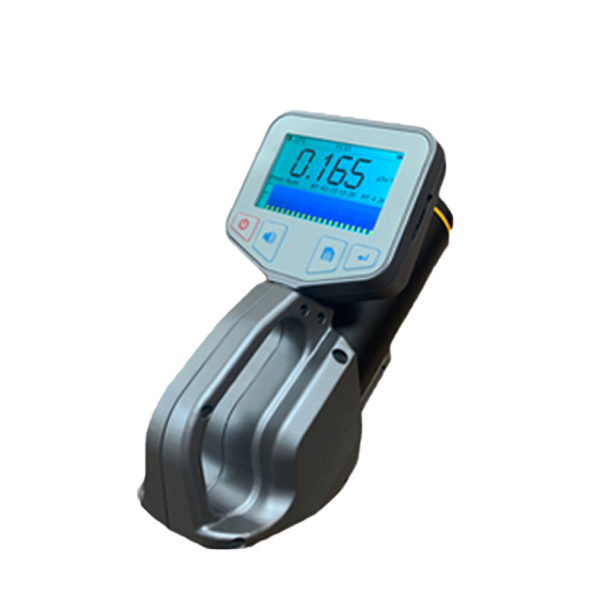
Radiation detection instrumentation
-
HYGP-2223 exposure type X, γ radiation measuring instrument
-
HYGP-2223BX, gamma dose rate meter (with tripod)
-
FI-329M intelligent household nuclear radiation detector
-
HY-2000M digital multi-channel gamma spectrometer
显示更多 -
-
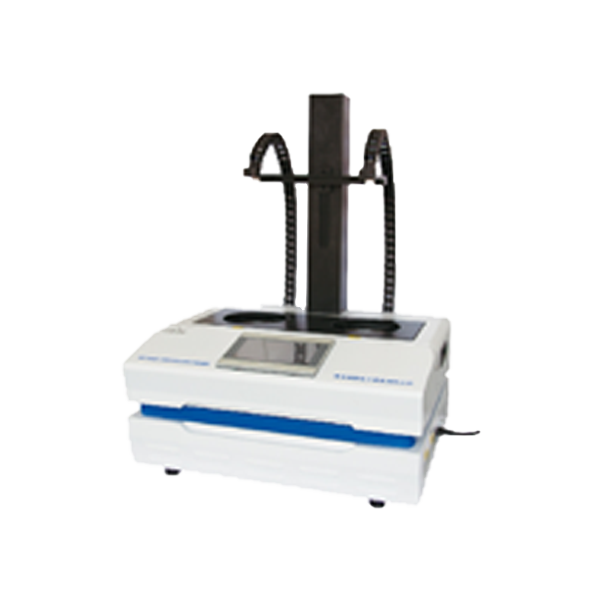
Laboratory Equipment
-
Radioactive distillation apparatus in water
-
2200Q portable turbidity meter
-
SPE Solid Phase Extraction Device
-
Portable spectrophotometer
显示更多 -
-
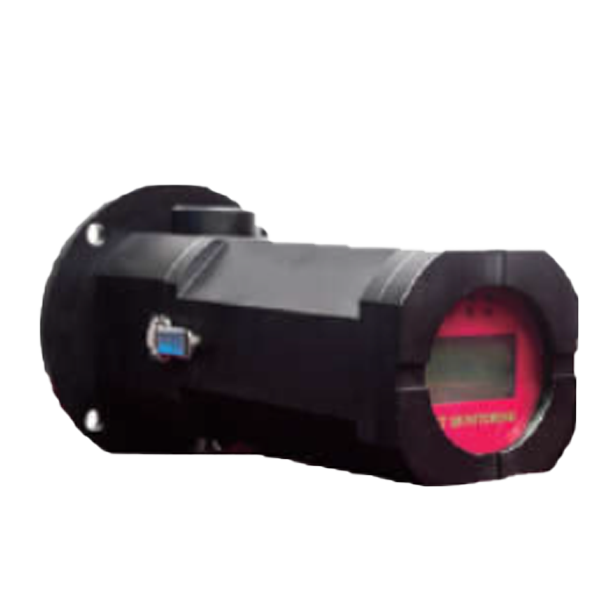
Portable environmental monitoring equipment
-
VOCs gas analyzer
-
Portable handheld VOC detector
-
Portable all-in-one multi-parameter analyzer
-
Dust detector
显示更多 -
-
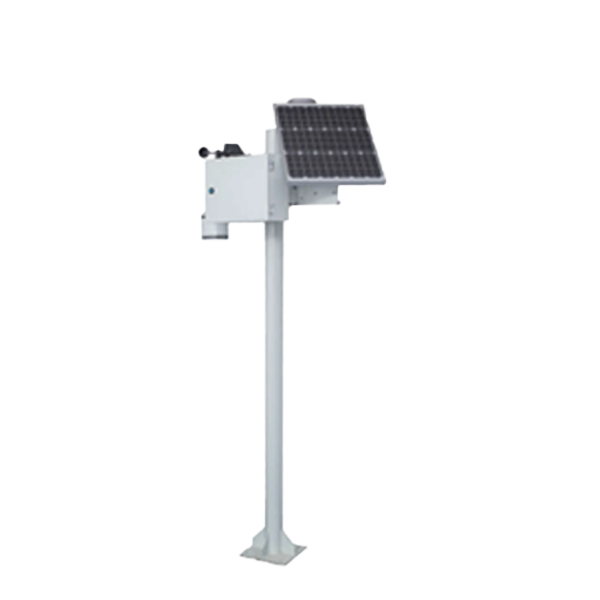
Environmental online monitoring system
-
CM-WG8200 grid air quality detection system
-
On-line monitoring system for CM-VOCs-5000 volatile organic compounds
显示更多 -
-
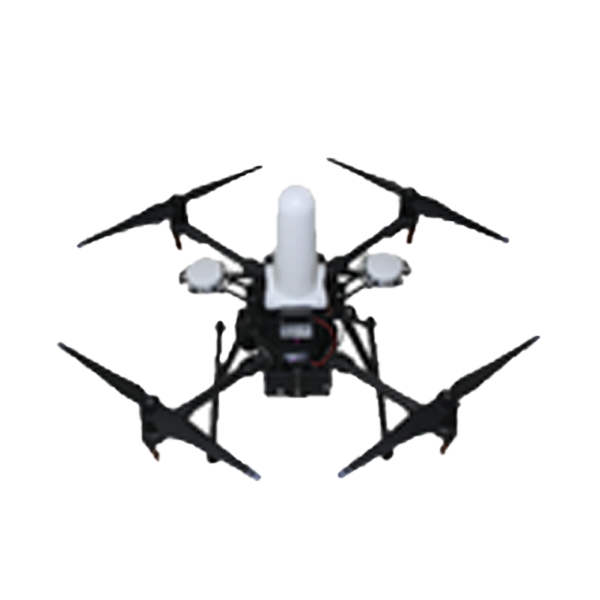
UAV Online Environmental Monitoring
-
OS-2 UAV Electromagnetic Environment Monitoring System
-
Nuclear emergency radioactive source search UAV
-
UAV Monitoring System
显示更多 -
-
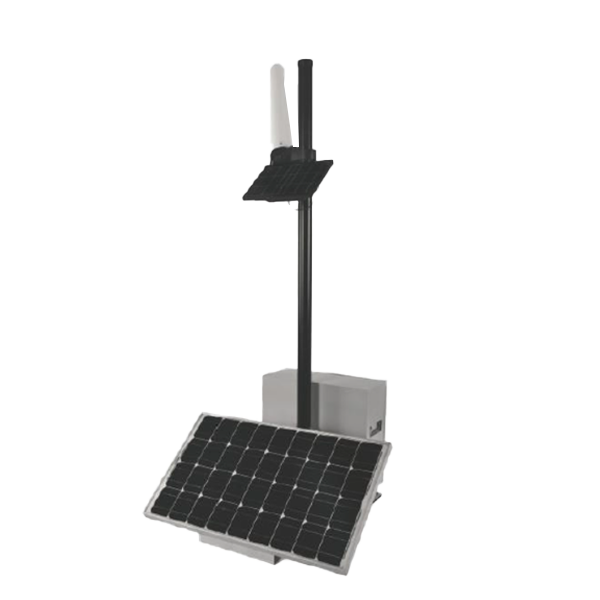
On-line Monitoring System of Electromagnetic Radiation
-
On-line Monitoring System of Electromagnetic Radiation
-
Automatic Monitoring System of HYEH460 Electromagnetic Radiation
-
HY-900A launch type radiation environment automatic monitoring station
-
OS-8 S Frequency Selective Electromagnetic Environment Online Monitoring System
显示更多 -
-
Portable Environmental Monitoring Devices: Key Considerations for Optimal Use
2025-08-08
Navigating the World of Portable Environmental Monitoring Devices
In today's fast-paced world, keeping an eye on our environment is more important than ever. Enter portable environmental monitoring devices, or as the savvy techies say, Portable Environmental Monitoring Devices. These nifty gadgets help us track air quality, temperature, humidity, and more, all while being conveniently portable. But before you dive headfirst into the world of environmental monitoring, let's explore some crucial considerations to keep in mind.
What Are Portable Environmental Monitoring Devices?
First off, let's break it down. Portable environmental monitoring devices are compact instruments designed to measure various environmental parameters. Whether you're a researcher, a concerned citizen, or just someone who likes to stay informed, these devices can provide real-time data that is both accessible and practical.
Why Use Them?
Well, for starters, awareness is key. Monitoring your environment allows you to identify pollutants, allergens, and other harmful conditions before they become a significant health risk. Plus, they're super handy for outdoor enthusiasts, helping you gauge conditions before embarking on that epic hike. Talk about peace of mind!
Features to Look For
- Portability: Ensure the device is lightweight and easy to carry.
- Battery Life: Look for long-lasting batteries; you don't want to run out of juice in the middle of a test!
- Data Accuracy: Always check user reviews for accuracy reports.
- Compatibility: Some devices sync with apps for real-time data tracking.
Consideration #1: Calibration is Key
Alright, so you've got your hands on a shiny new device—awesome! But hold your horses! Before you start measuring the air quality in your backyard, make sure to calibrate your device according to the manufacturer's guidelines. Calibration helps ensure that the data you collect is accurate and reliable. It's a small step that can make a world of difference.
Consideration #2: Know Your Environment
Not all environments are created equal. Understanding the specific conditions of the area you're monitoring is crucial. For instance, urban environments will have different pollutants compared to rural settings. Tailoring your monitoring strategy based on your surroundings can help you gather more relevant data.
Consideration #3: Data Interpretation
So, you've collected your data—now what? It's time to interpret it! Don't just glance at the numbers; take a deeper dive into what they mean. This might involve comparing your findings to environmental standards or historical data. And remember, context matters; a spike in readings might not always spell disaster!
Consideration #4: Maintenance Matters
Like any tech gadget, your portable environmental monitoring device will benefit from regular maintenance. Keep it clean, store it properly, and follow the manufacturer's recommendations for upkeep. This will extend its lifespan and keep your readings on point.
Consideration #5: Stay Updated
Technology evolves faster than you can say “environmental monitoring”! Stay informed about the latest advancements in portable environmental monitoring devices. New features, enhanced accuracy, and better battery life can make a significant difference in your monitoring efforts.
Final Thoughts
As we wrap up, let's remember that using portable environmental monitoring devices is not just about having the gadget; it's about knowing how to use it effectively. By keeping these considerations in mind, you'll not only enhance your monitoring experience but also contribute positively to your surroundings. So gear up, stay informed, and monitor wisely!

COOKIES
Our website uses cookies and similar technologies to personalize the advertising shown to you and to help you get the best experience on our website. For more information, see our Privacy & Cookie Policy
COOKIES
Our website uses cookies and similar technologies to personalize the advertising shown to you and to help you get the best experience on our website. For more information, see our Privacy & Cookie Policy
These cookies are necessary for basic functions such as payment. Standard cookies cannot be turned off and do not store any of your information.
These cookies collect information, such as how many people are using our site or which pages are popular, to help us improve the customer experience. Turning these cookies off will mean we can't collect information to improve your experience.
These cookies enable the website to provide enhanced functionality and personalization. They may be set by us or by third-party providers whose services we have added to our pages. If you do not allow these cookies, some or all of these services may not function properly.
These cookies help us understand what you are interested in so that we can show you relevant advertising on other websites. Turning these cookies off will mean we are unable to show you any personalized advertising.
online message
Telephone:13903018415(Manager Wang)
Business: 020-29026320
E-mail:wangxueli@haiyoukj.com
Address: Room 703, Tian 'an Innovation Building, Panyu Energy Saving Science Park, 555 Panyu Avenue North, Donghuan Street, Panyu District, Guangzhou

Sweep code attention

